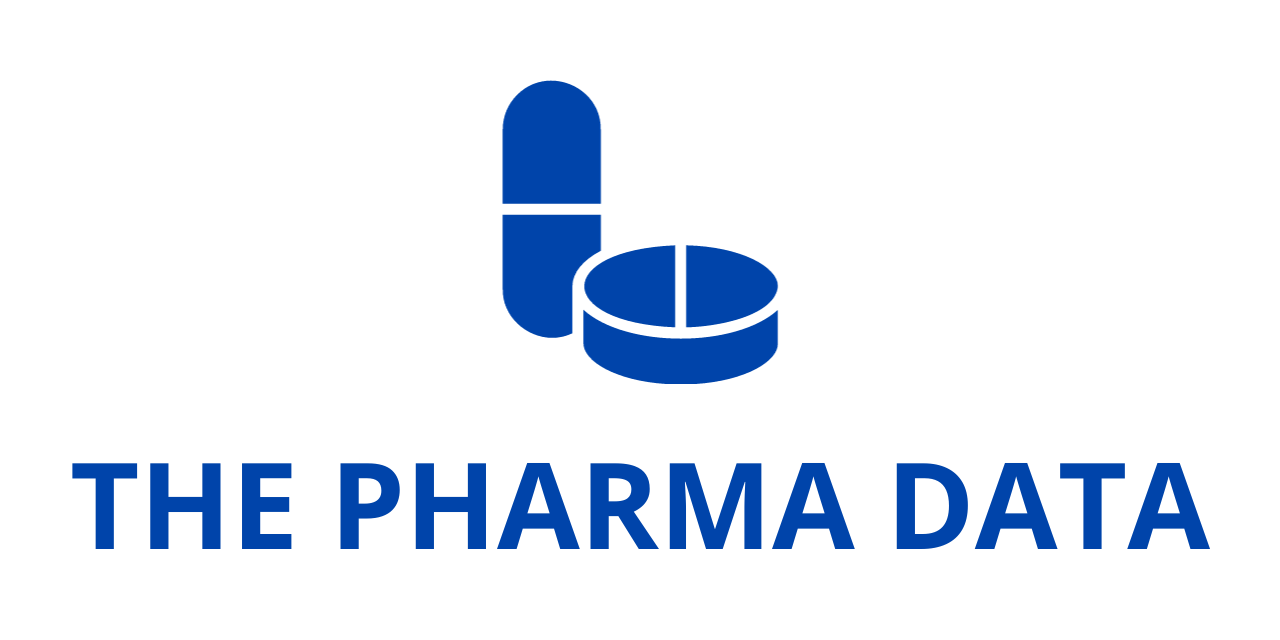
Viatris Reports Positive Top-Line Results from Pivotal Phase 3 VEGA-3 Trial of MR-141 for Presbyopia, Underscoring Its Potential as a Non-Invasive Vision Correction Therapy
Viatris, a global healthcare company committed to increasing access to high-quality medicines and health solutions worldwide, announced today that it has achieved positive top-line results from VEGA-3, its second pivotal Phase 3 clinical trial evaluating MR-141 (phentolamine ophthalmic solution 0.75%) for the treatment of presbyopia. The encouraging data builds on the foundation established by earlier studies and further strengthens the clinical case for MR-141 as a potential non-invasive, once-daily ophthalmic solution for millions affected by the age-related decline in near vision.
Understanding the Burden of Presbyopia
Presbyopia is a progressive and common eye condition that typically begins in middle age and results in difficulty focusing on close objects. It is primarily caused by the gradual loss of elasticity in the eye’s lens, which reduces its ability to change shape and focus on near tasks. Most individuals begin to notice signs of presbyopia in their early to mid-40s, with symptoms such as blurred near vision, eye strain, and difficulty reading in dim light or small print.
According to estimates cited by Viatris, approximately 90% of adults over the age of 45 in the United States are affected by this condition. Despite its high prevalence, the current management strategies for presbyopia—including reading glasses, bifocals, multifocal contact lenses, or surgical procedures—are not suitable for all patients and may not always be well-tolerated or desirable. This unmet need has driven the development of alternative pharmacological options, including topical eye drops like MR-141, which aim to improve near vision through non-surgical means.
Details of the VEGA-3 Phase 3 Trial
The VEGA-3 study is part of Viatris’ broader clinical development program to evaluate MR-141 for presbyopia. The trial was conducted as a randomized, placebo-controlled, double-blind study and enrolled a total of 545 adult participants. Subjects were randomized in a 3:2 ratio to receive either MR-141 (phentolamine ophthalmic solution 0.75%) or a placebo, administered once daily in the evening.
The primary endpoint was focused on assessing improvements in binocular distance-corrected near visual acuity (DCNVA) without a significant loss in best-corrected distance visual acuity (BCDVA). Specifically, the trial measured the percentage of participants who achieved a ≥3-line gain in Early Treatment Diabetic Retinopathy Study (ETDRS) chart readings at 12 hours post-dose on Day 8, while maintaining less than a 5-letter loss in BCDVA from baseline.
According to the company, MR-141 met its primary endpoint with statistical significance. Patients in the MR-141 arm were significantly more likely to achieve this vision improvement compared to those receiving placebo (p<0.0001). The treatment also demonstrated early onset of action, with significant gains in DCNVA observed as early as one hour after the first dose on Day 1. At this early time point, patients treated with MR-141 were again significantly more likely than those on placebo to achieve a ≥3-line ETDRS gain in near vision without notable loss in distance vision (p=0.0002).
Functional and Patient-Reported Outcomes
Beyond objective vision measurements, the VEGA-3 trial also evaluated patient-reported outcomes, which are increasingly recognized as critical endpoints in ophthalmic research. Across multiple time points—Days 3, 8, and Week 6—patients receiving MR-141 reported statistically significant improvements in functional near vision, including satisfaction with their ability to see up close upon awakening (p<0.0001) and general satisfaction with improvements in near vision (p<0.0001).
Moreover, a crucial aspect of presbyopia that affects quality of life—difficulty seeing in dim or low-light conditions—was also addressed in the study. Participants in the MR-141 treatment group experienced a statistically significant improvement in near vision under these lighting conditions compared to placebo (p<0.0001) at all three follow-up assessments. These findings point to MR-141’s potential utility as a convenient and practical therapy for real-world scenarios that challenge presbyopic individuals.
Notably, no signs of tachyphylaxis—diminished response to treatment over time—were observed over the six-week study period. This outcome suggests that MR-141 could offer sustained clinical benefit without the need for escalating doses or increasing frequency of administration, which can be a concern with certain topical therapies.
Safety and Tolerability
The safety profile of MR-141 in VEGA-3 was consistent with earlier clinical trials of the drug. No new safety signals were identified, and there were no treatment-related serious adverse events reported during the study.
Treatment-emergent adverse events (TEAEs) were mostly mild and occurred at manageable frequencies. The most common side effects observed in ≥5% of patients included conjunctival hyperemia (eye redness), instillation site irritation (discomfort upon drop application), and dysgeusia (a distortion of the sense of taste). Importantly, the rate of headache—an adverse effect of concern with other eye drop-based presbyopia treatments—was relatively low, affecting only 2.6% of patients during the course of the study.
The company emphasized that this favorable safety profile supports MR-141’s use as a once-daily topical solution that may be well-tolerated by a wide range of patients.
Executive Perspective and Next Steps
Philippe Martin, Chief R&D Officer at Viatris, highlighted the significance of the results:
“Presbyopia is a very common condition affecting approximately 90 percent of adults in the U.S. over the age of 45, who often experience blurred near vision and eye strain. We are pleased with the positive results from the second pivotal Phase 3 trial, which reinforce our confidence in MR-141 and its benefit-risk profile as a potential, non-invasive option to support the millions of patients impacted by this condition.”
As a next step, Viatris will continue to monitor VEGA-3 participants for long-term safety outcomes over a planned 48-week follow-up period. These extended data will help determine MR-141’s durability of benefit and ongoing safety in real-world use scenarios, forming a vital component of the company’s future regulatory submissions.
Further details on the VEGA-3 trial, including inclusion criteria and study design, are publicly available on ClinicalTrials.gov under the identifier NCT06542497.
Global Licensing and Commercialization Agreement
MR-141 is being developed under a global licensing agreement between Viatris and Opus Genetics. Under the terms of this agreement, Viatris (through its affiliate) has been granted exclusive rights to commercialize phentolamine ophthalmic solution 0.75% in the United States. This strategic collaboration combines Opus Genetics’ expertise in early-stage ophthalmic development with Viatris’ global commercial reach and regulatory capabilities, positioning the therapy for a successful market entry pending regulatory approval.
The positive results from the VEGA-3 pivotal Phase 3 trial represent a meaningful milestone in the clinical development of MR-141 for the treatment of presbyopia. With statistically and clinically significant improvements in near vision, both in objective measures and patient-reported outcomes, and a reassuring safety profile, MR-141 appears poised to emerge as a convenient, non-invasive therapeutic option for the millions of people living with this age-related visual impairment.
As Viatris continues to gather long-term safety data and prepares for regulatory engagement, the company reinforces its mission to empower people worldwide to live healthier at every stage of life by delivering innovative, accessible healthcare solutions. If approved, MR-141 could become a groundbreaking addition to the growing field of pharmacologic treatments for presbyopia.




